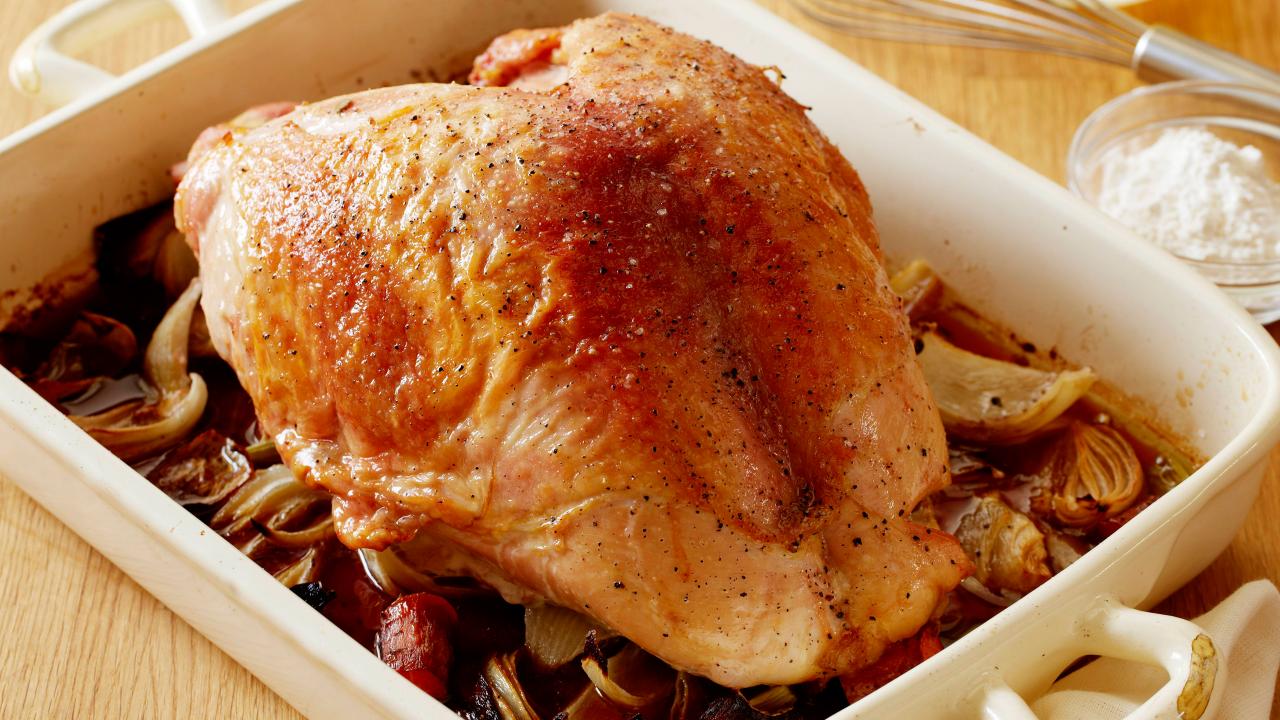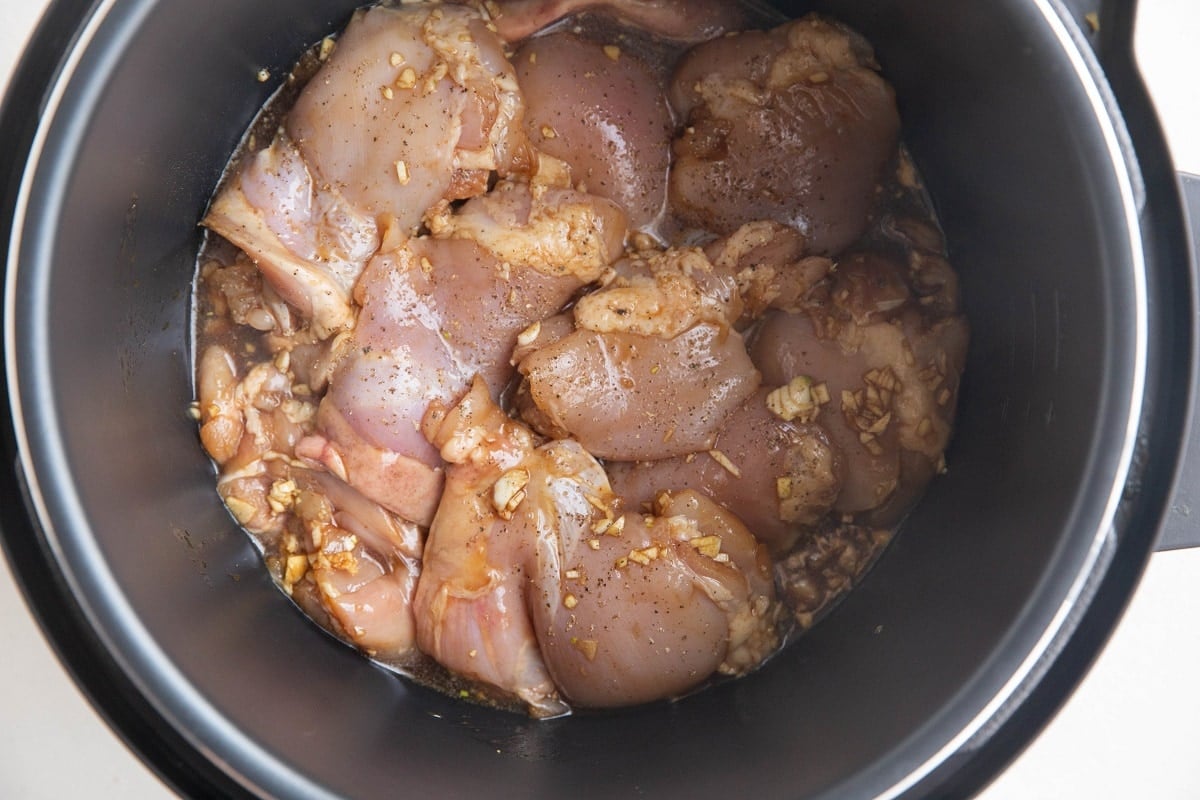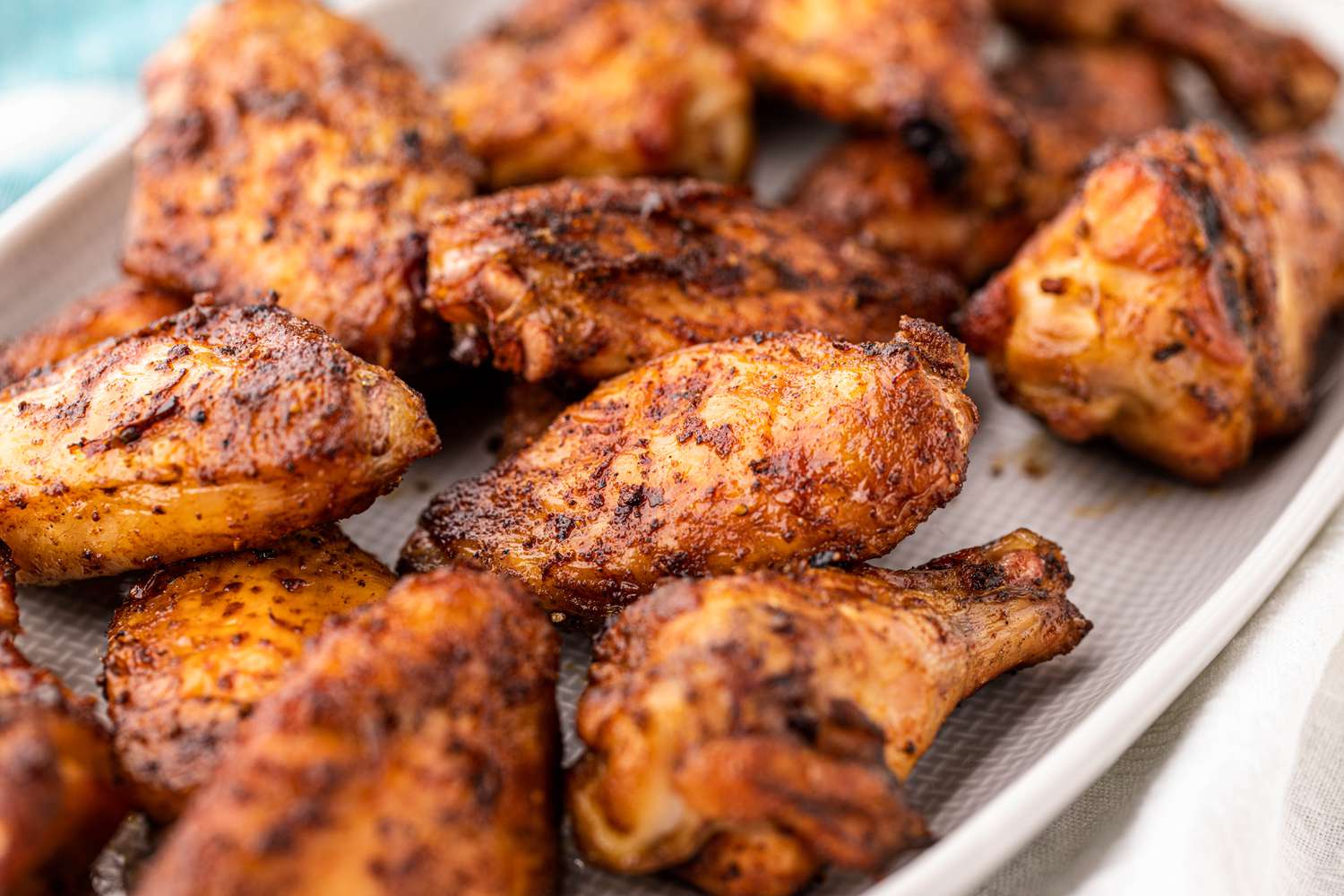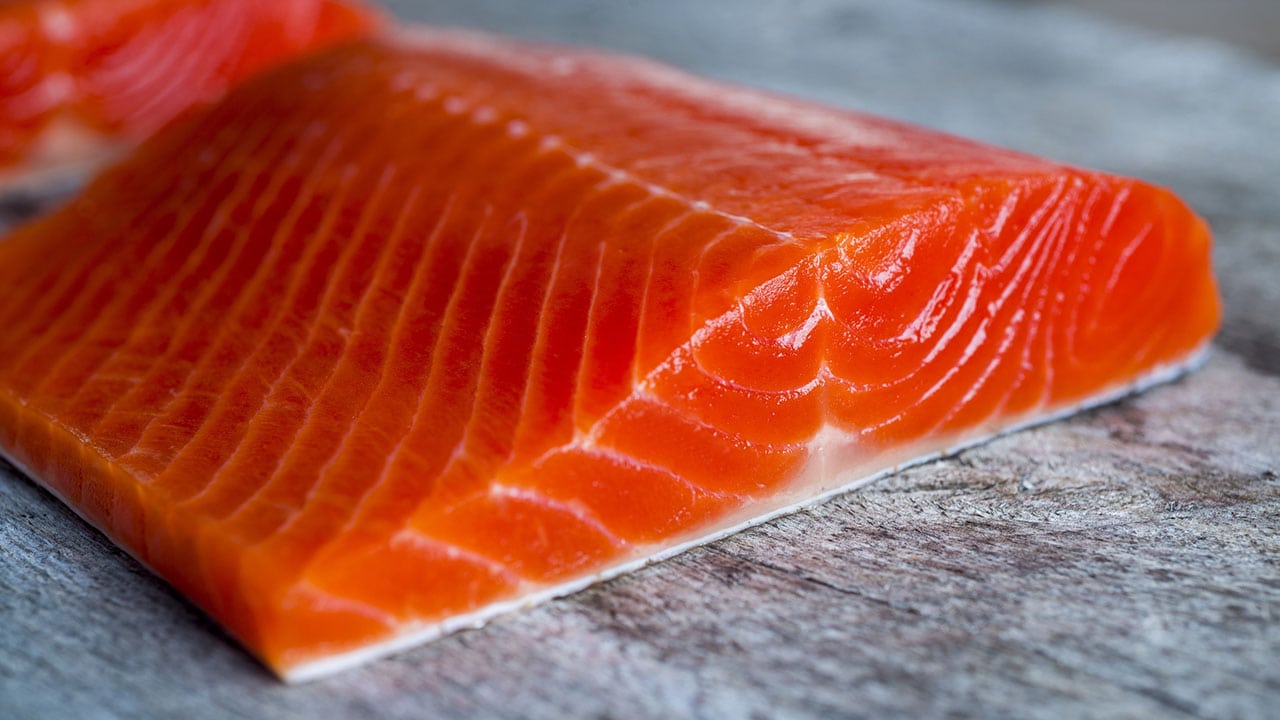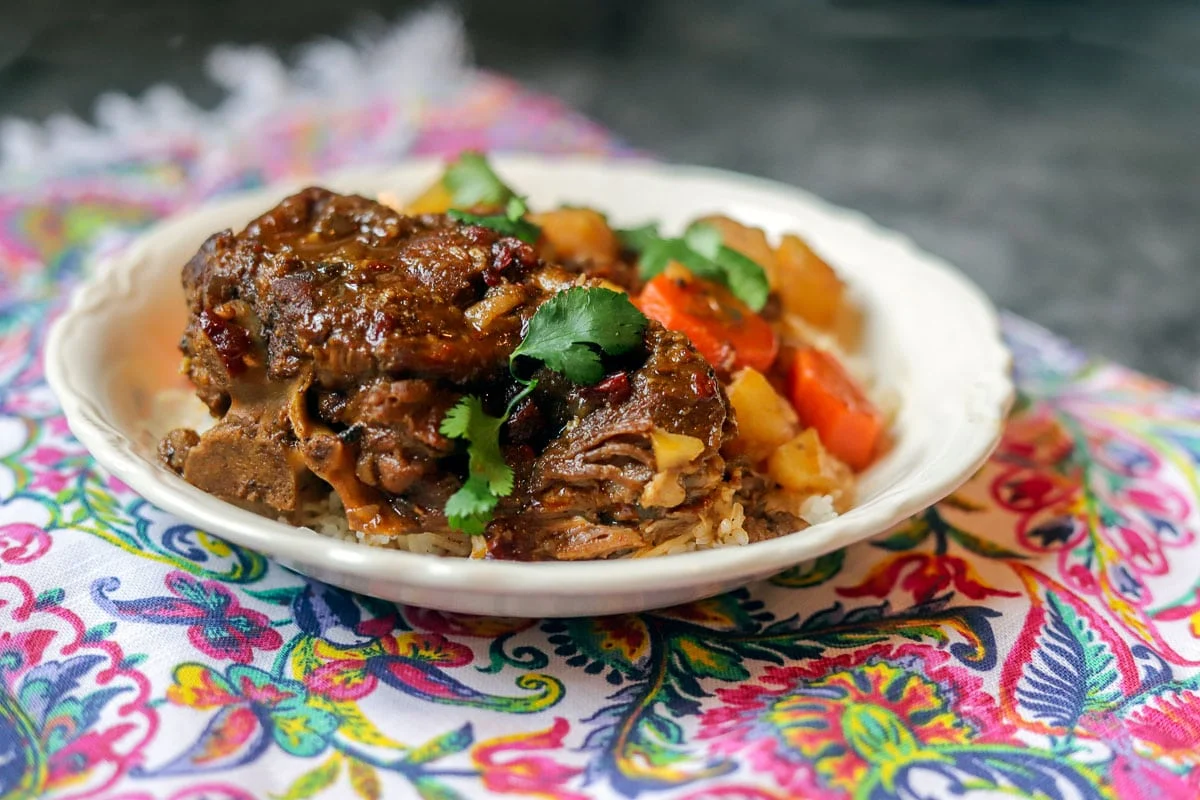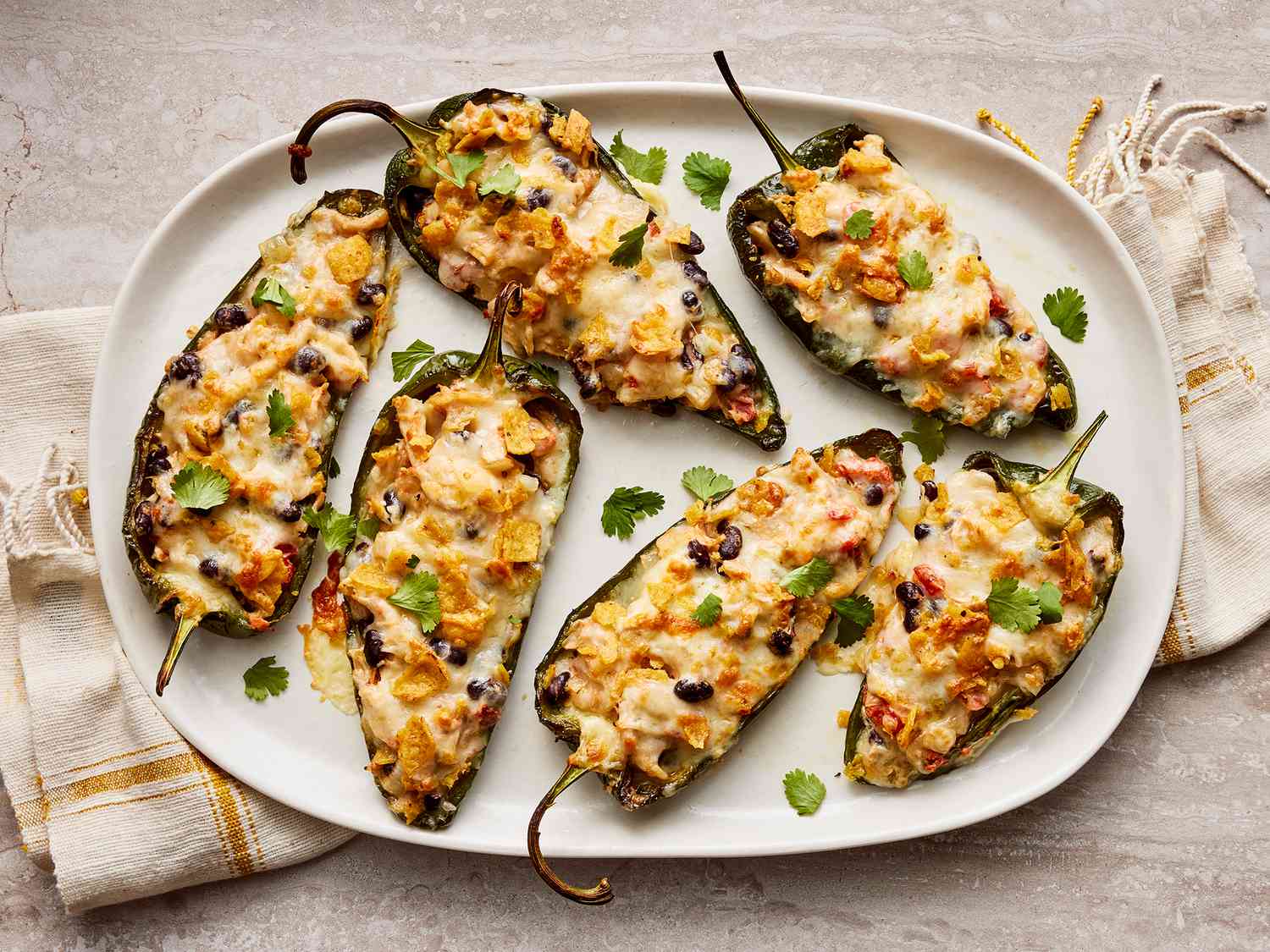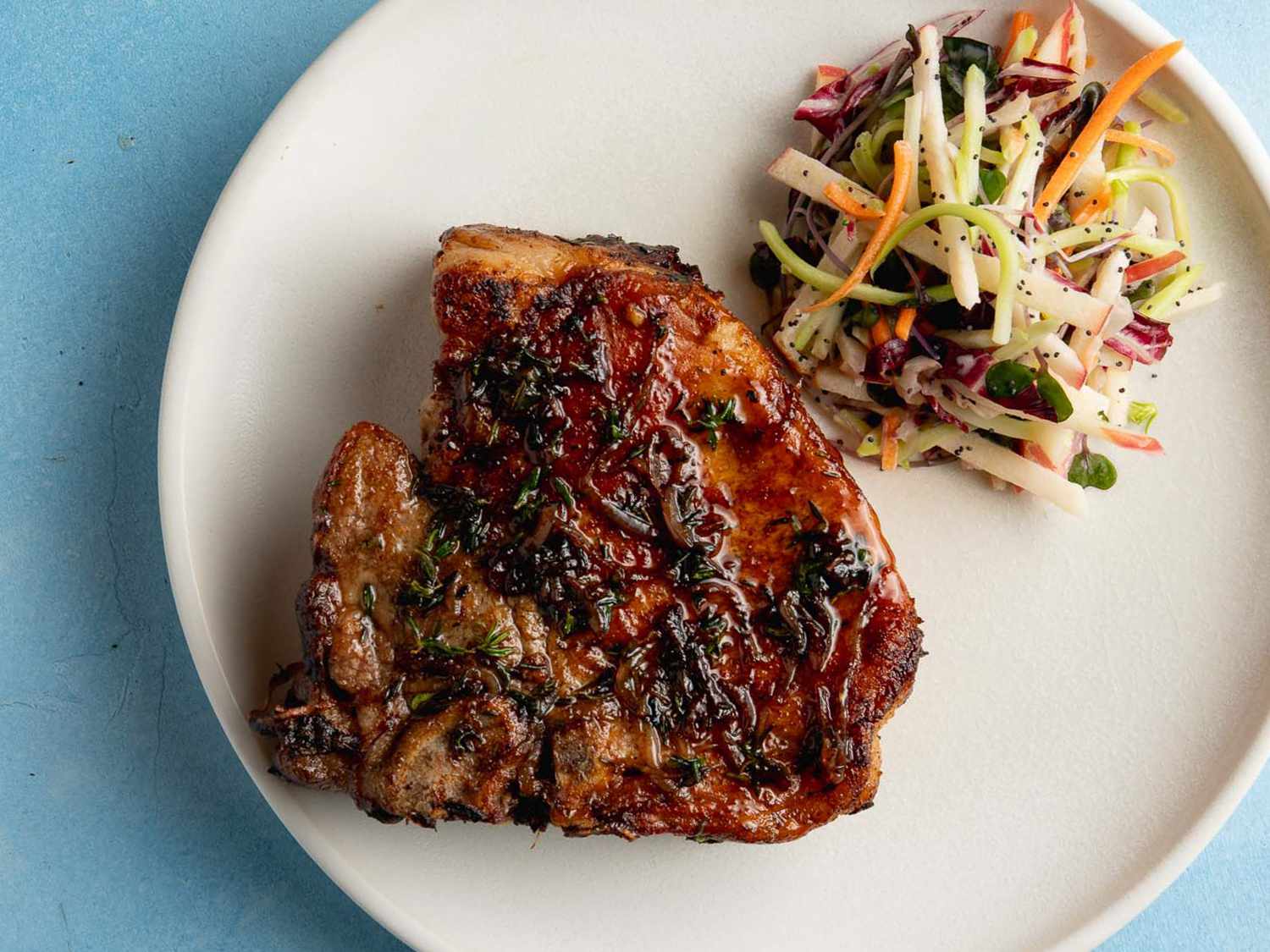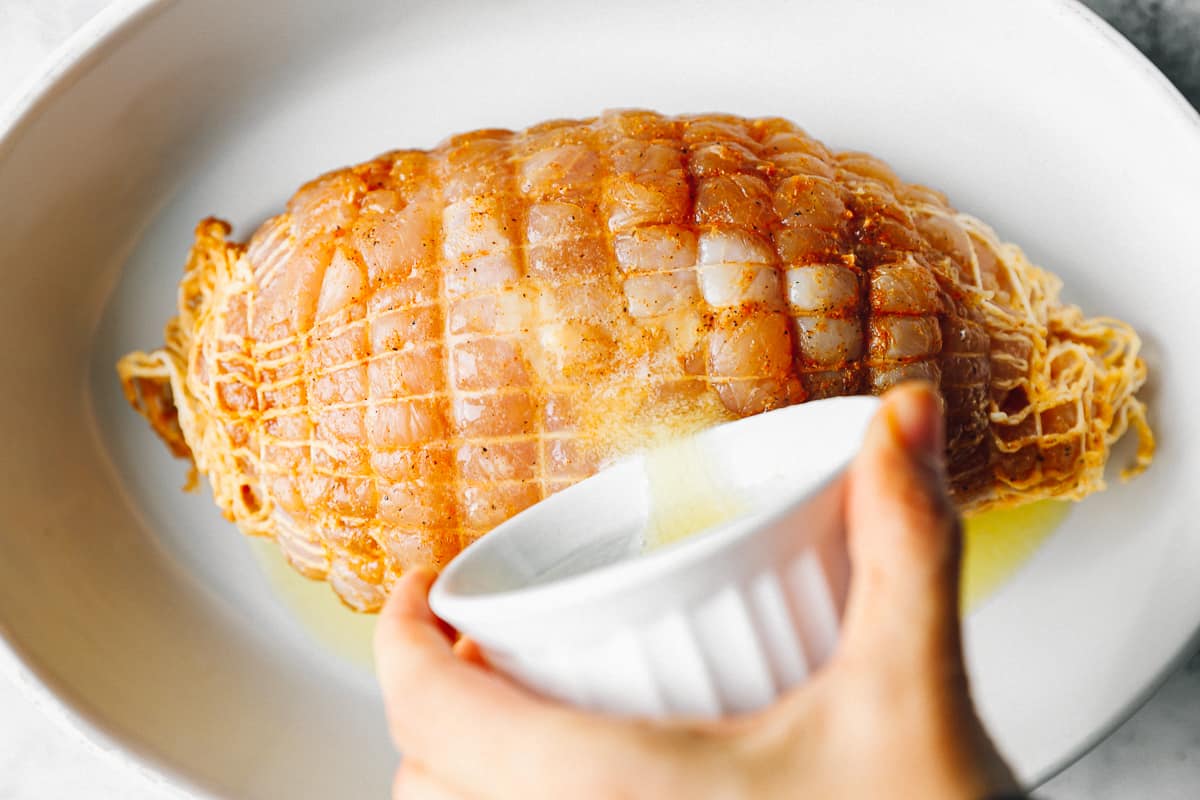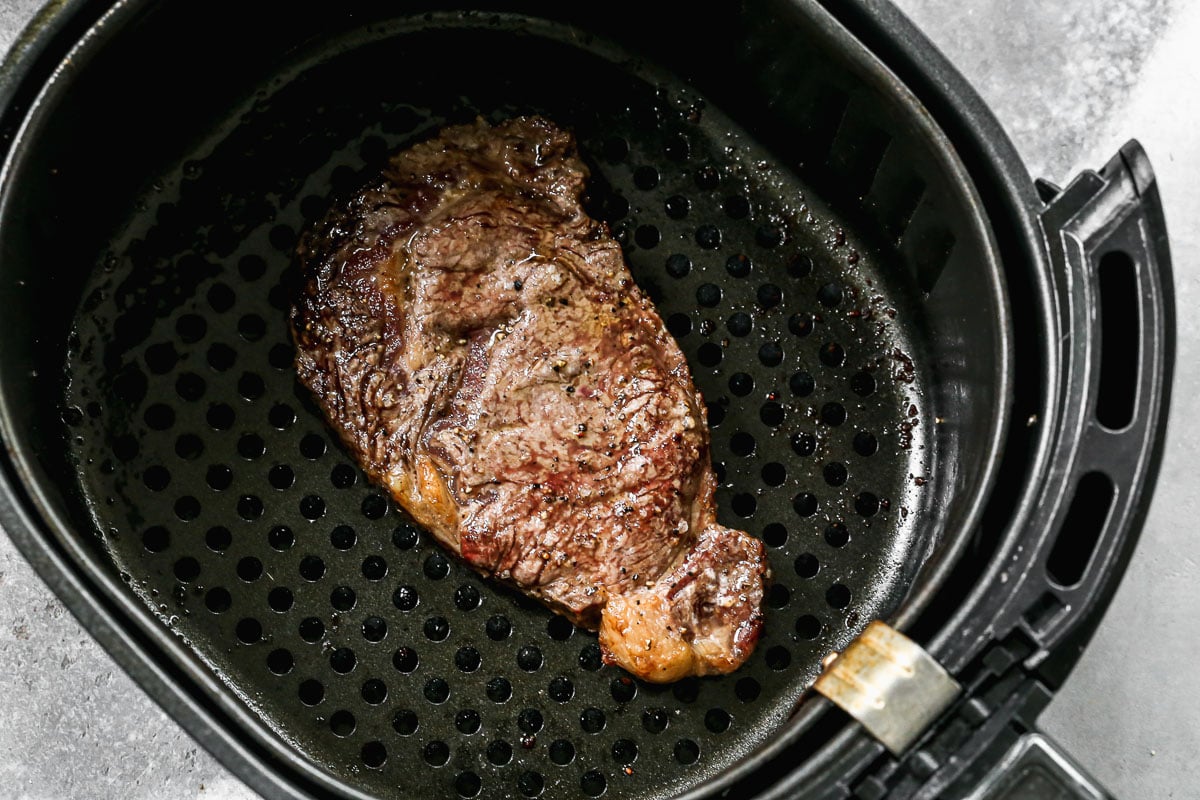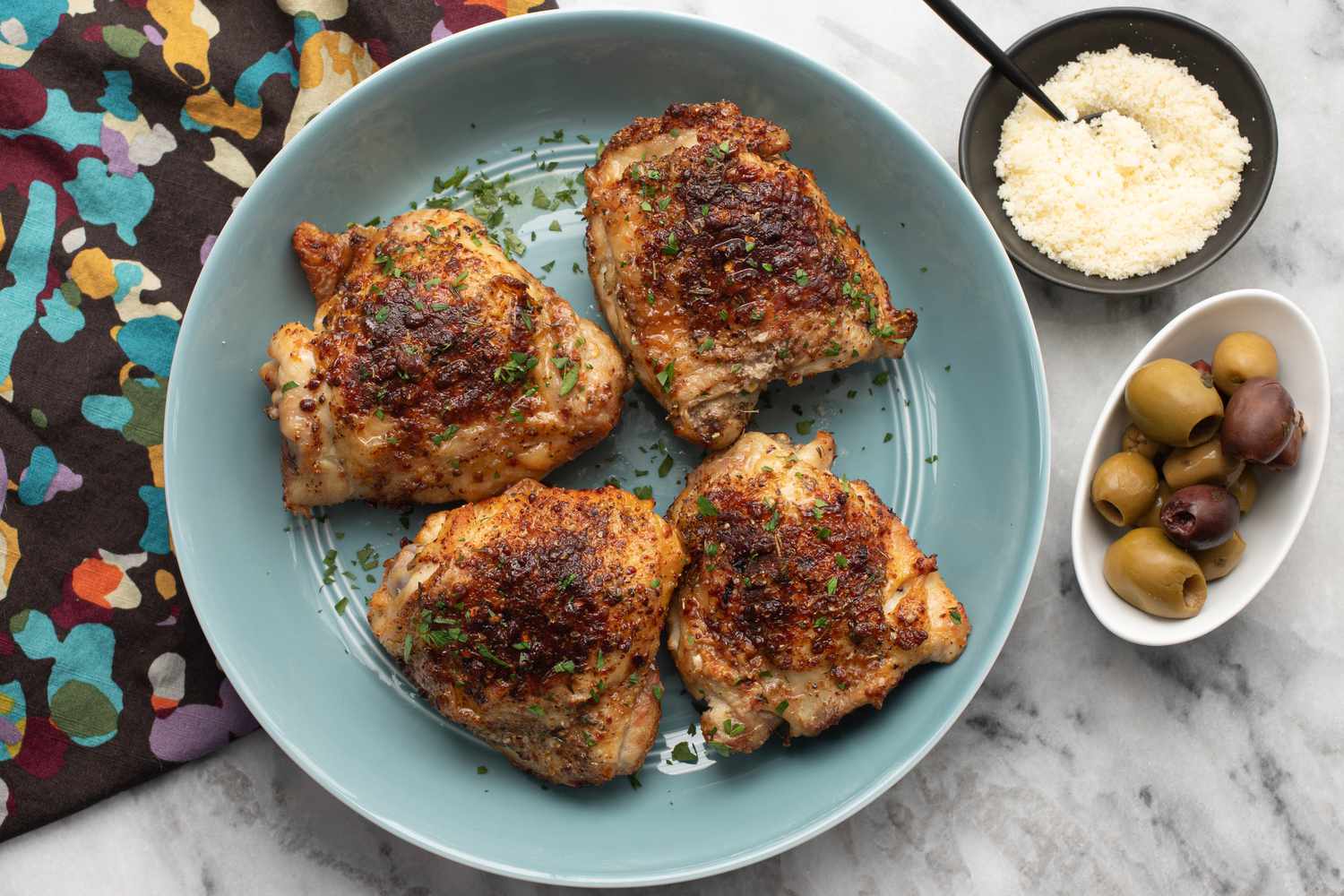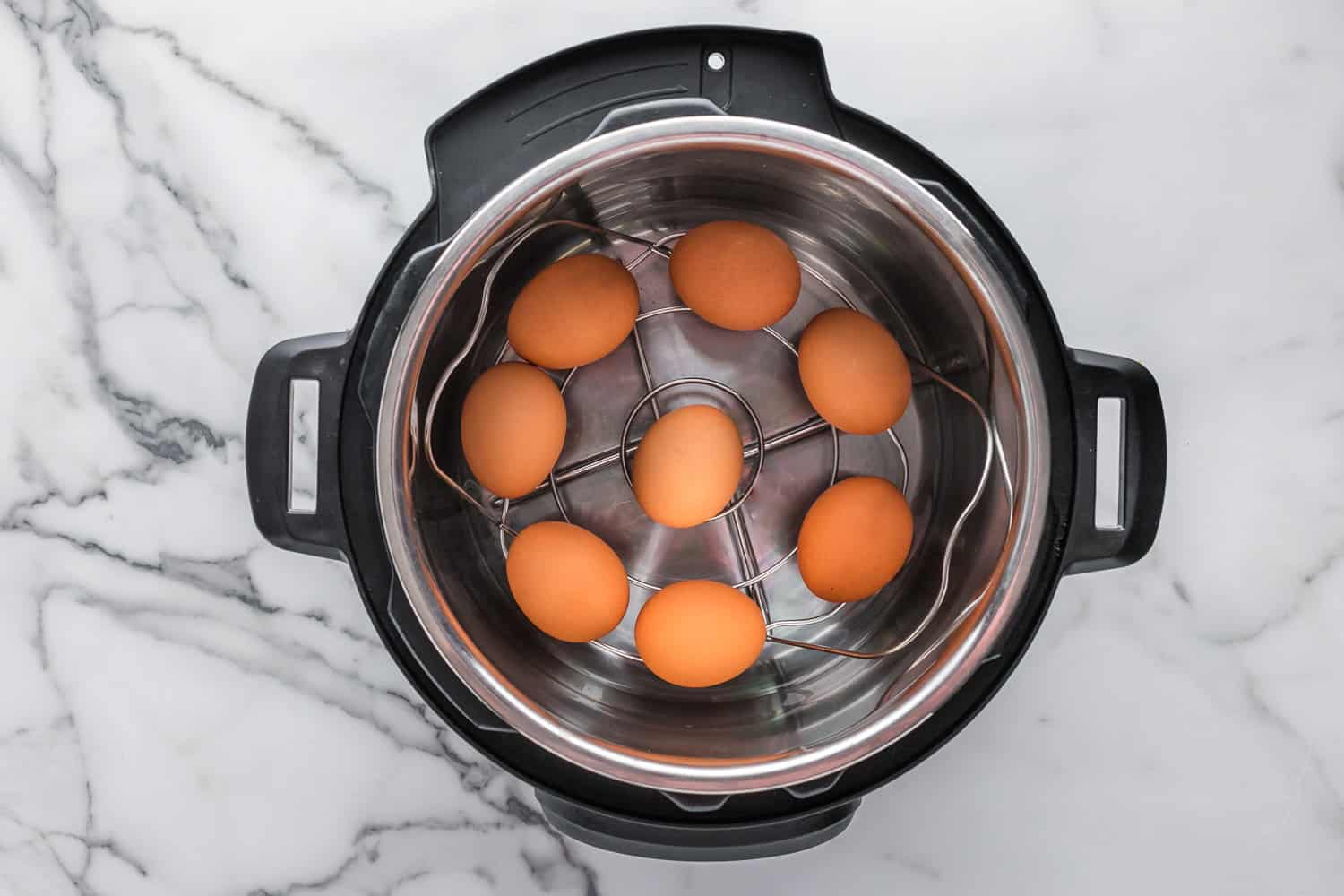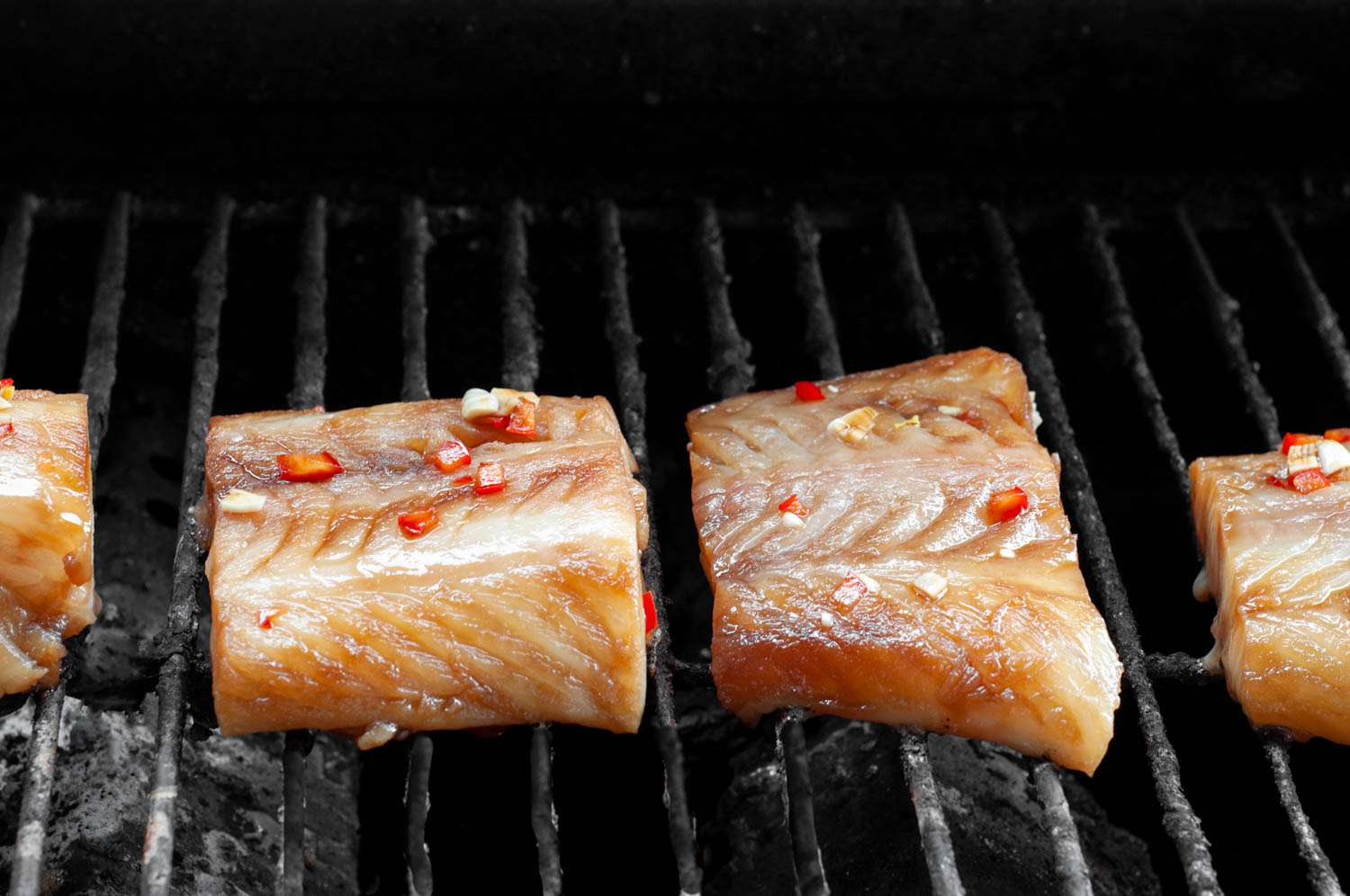Introducing Chicken to Your Baby’s Diet: A Guide to Successful Baby Led Weaning
Welcome to our guide on how to incorporate chicken into your baby’s diet through the exciting journey of Baby Led Weaning (BLW). BLW is a method that allows babies to explore and feed themselves solid foods from the very start, enabling them to develop their self-feeding skills and explore a wide range of flavors and textures. Today, we will focus specifically on the wonderful world of chicken and how to prepare it safely and deliciously for your little one.
The Benefits of Introducing Chicken
Chicken is an ideal protein to introduce to your baby’s diet due to its rich nutritional profile. It is an excellent source of lean protein, which supports the growth and development of your little one’s muscles and tissues. Additionally, chicken is rich in essential amino acids and iron, which are crucial for your baby’s brain development and overall health.
Choose the Right Chicken
When selecting chicken for your baby, opt for boneless and skinless chicken breasts, as they are the leanest and easiest to prepare. You want to ensure that the chicken is fresh and of high quality, so always purchase from a reputable source. Organic and free-range options are great if you have access to them, as they are generally free from antibiotics and hormones.
Preparing the Chicken
Now that you have chosen your chicken, it’s time to prepare it for your little one. Here’s a step-by-step guide:
- Thoroughly wash your hands and all utensils before handling the chicken to avoid any cross-contamination.
- Remove any visible fat or skin from the chicken breasts.
- Cut the chicken into small, baby-friendly pieces. Remember that the size should be easy for your baby to hold and chew.
- For babies new to solid foods, it’s a good idea to steam or bake the chicken to make it tender and easy to chew. You can use a steamer or bake it in the oven at 350°F (175°C) until cooked through. Remember to always check the internal temperature of the chicken to ensure it reaches 165°F (75°C) for safety reasons.
- Once cooked, allow the chicken to cool before serving it to your baby. It’s essential to ensure it is at a safe temperature and not too hot.
Introducing Chicken to Your Baby
Now it’s time for the main event – introducing chicken to your baby’s taste buds! Here are some tips for a successful introduction:
- Place a couple of pieces of chicken on your baby’s highchair tray or offer them on a baby-friendly spoon.
- Allow your baby to explore and self-feed at their own pace. Remember, BLW is all about letting them take the lead.
- Observe closely as your baby explores the chicken. They may squish it, taste it, or throw it – it’s all part of the learning process!
- Be patient and persistent. Your baby may not take to the chicken immediately, and that’s okay. Offer it on multiple occasions and in different forms to encourage acceptance.
Remember, every baby is unique, and their preferences may vary. Some babies may love chicken from the very first taste, while others may need time to develop a liking for it. Be sure to monitor your baby closely for any signs of allergies or intolerance.
Pairing Chicken with Other Foods
Chicken is incredibly versatile, making it an excellent ingredient to pair with various fruits, vegetables, and grains. Adding different combinations will introduce your baby to a wide range of flavors and textures. Consider serving chicken alongside steamed carrots, mashed sweet potatoes, or avocado slices. You can also incorporate shredded chicken into baby-friendly pasta dishes or mix it into rice or quinoa for added protein.
Remember to offer a variety of foods to ensure a well-rounded and balanced diet for your little one.
Conclusion
Introducing chicken to your baby’s diet through Baby Led Weaning is an exciting culinary adventure. By following our guide, you can safely prepare and incorporate this nutrient-rich protein into your baby’s meals. Remember to choose high-quality chicken, prepare it with care, and encourage self-feeding with patience. Enjoy this journey with your baby as they discover the joys of delicious and nutritious chicken!
Was this page helpful?
Read Next: How To Cook Ham Hocks In A Pressure Cooker
